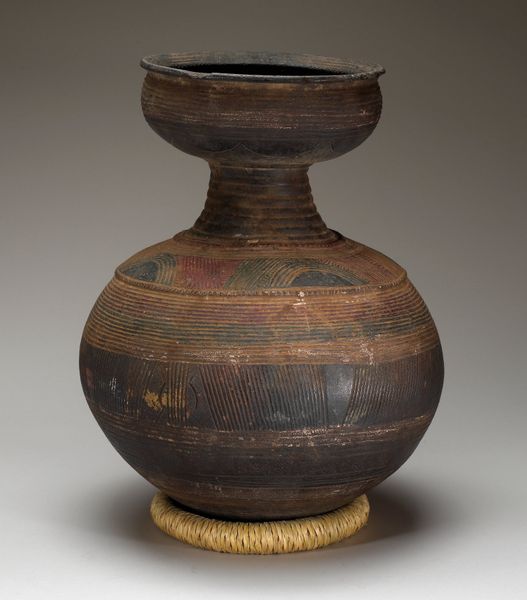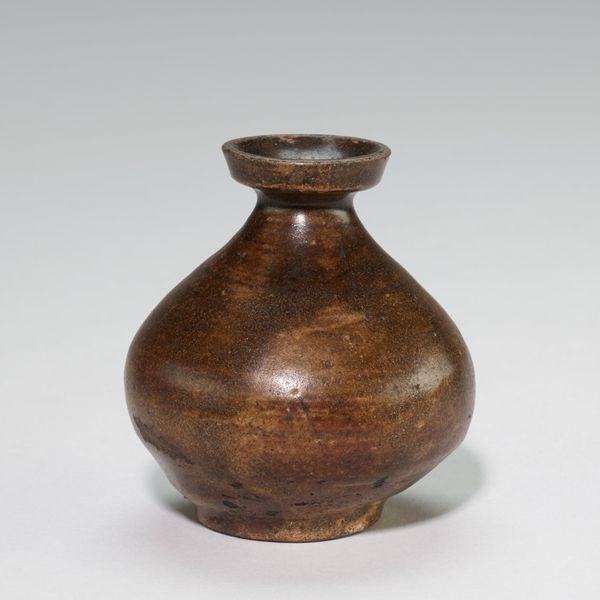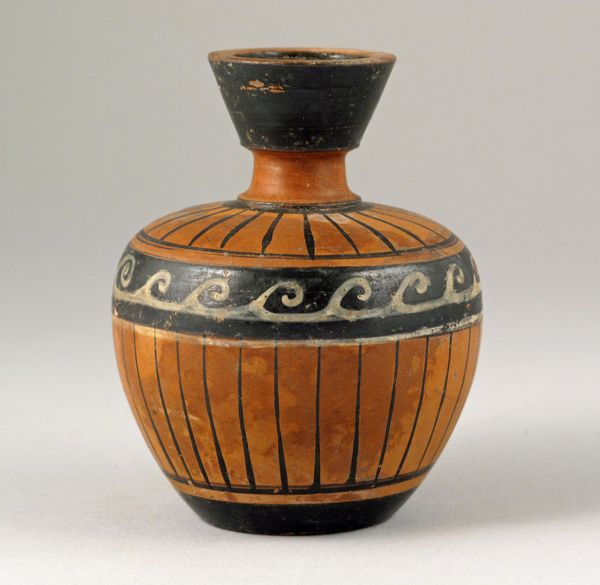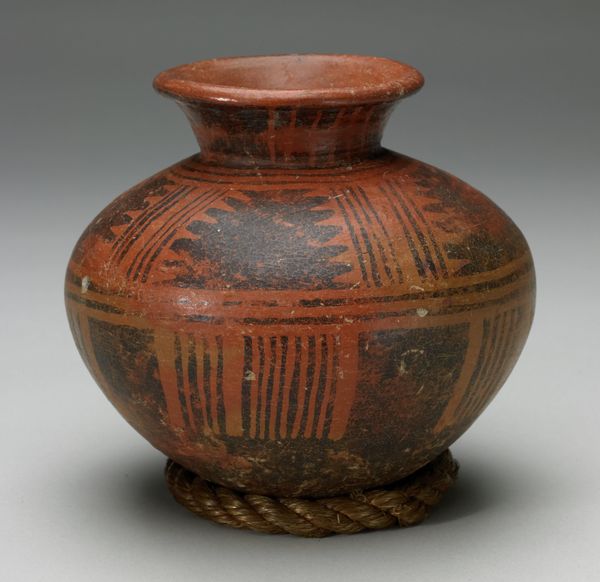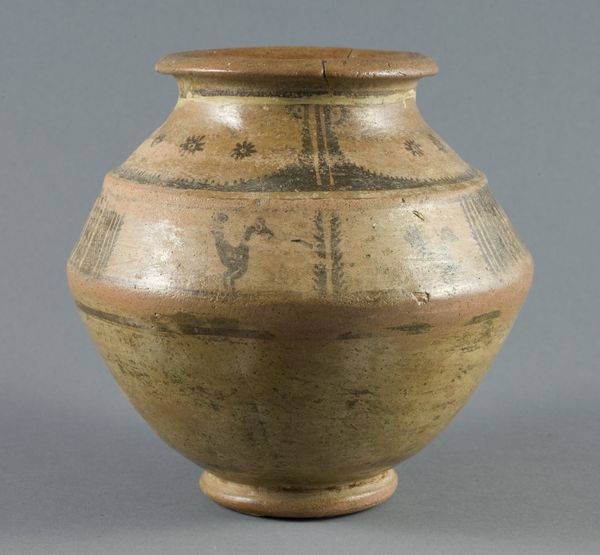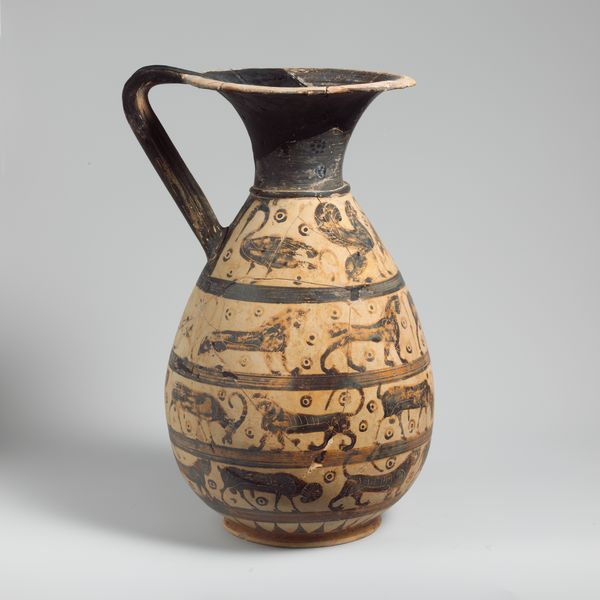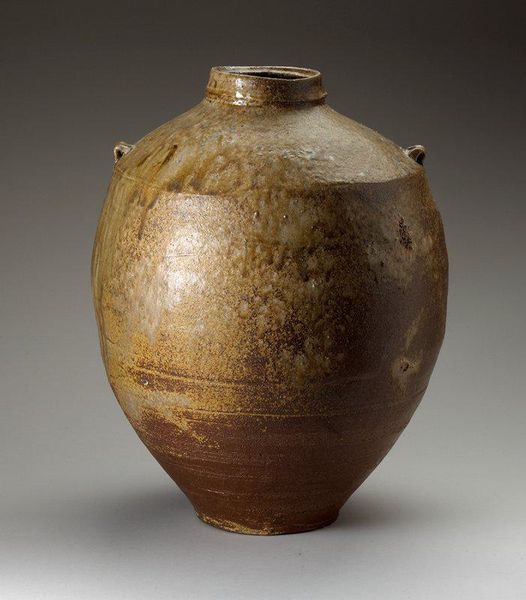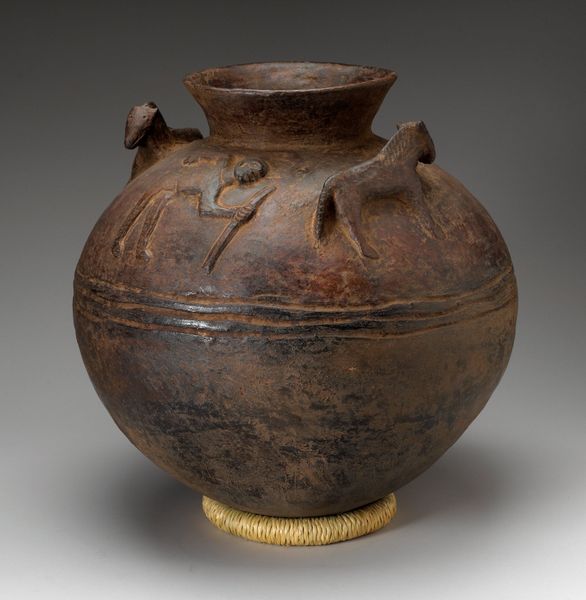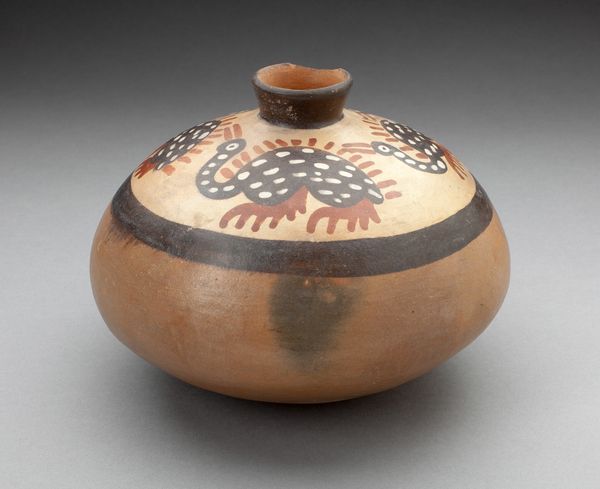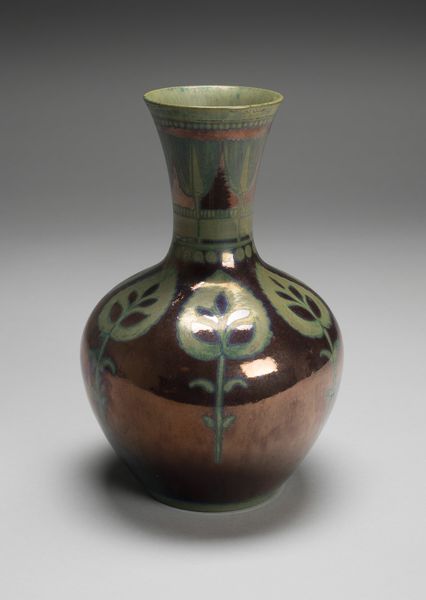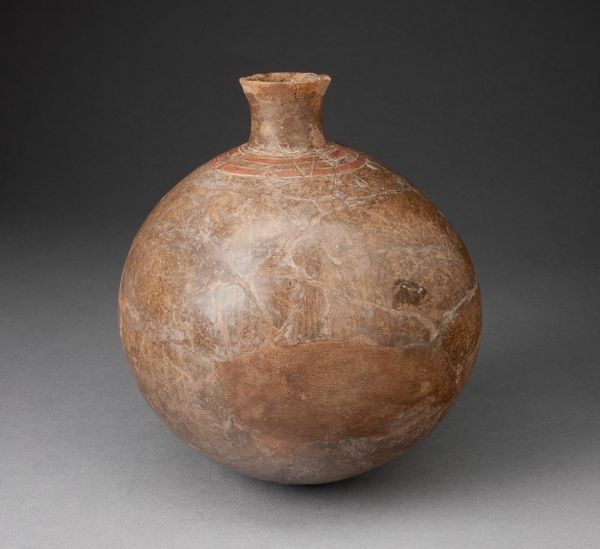
ceramic
#
ceramic
#
geometric
#
ceramic
Dimensions: 14 3/4 x 15 7/8 x 14 3/8 in. (37.47 x 40.32 x 36.51 cm)
Copyright: Public Domain
This funerary jar was crafted by the Majiayao people. Observe the painted motifs; the vessel is adorned with patterns symbolizing water and perhaps fertility. Note the net-like patterns. These designs echo across continents and centuries – from fishing nets depicted in ancient Egyptian tombs to the grid-like city plans of the Roman Empire. What is it about this symbol that resonates so deeply? Perhaps it speaks to humanity’s primal urge to order, to capture, to contain the chaos of the world. The repetition of these patterns might serve as a means to psychologically soothe the bereaved, offering a sense of stability amidst the emotional turmoil of loss. The cyclical nature of these symbols emphasizes the non-linear progression of cultural memory. They resurface, evolve, and take on new meanings, echoing through time.
Comments
minneapolisinstituteofart almost 2 years ago
⋮
The most distinctive product of the Majiayao culture (3800-2000 BCE) was a type of painted pottery of extraordinary refinement which has become associated with the Neolithic grave sites at Banshan in Gansu province. This jar, like others shown here, was fashioned without the use of a potter's wheel by coiling rolls of clay into the desired shape, after which it was smoothed, burnished, painted and fired at a temperature around 1000 degrees F. Because most Majiayao pottery was a less refined, more utilitarian ware, and since elaborate jars such as this were usually buried with the deceased, it is probably that they held food for the afterlife and the designs may have held religious significance for the ancient Chinese.
Join the conversation
Join millions of artists and users on Artera today and experience the ultimate creative platform.


